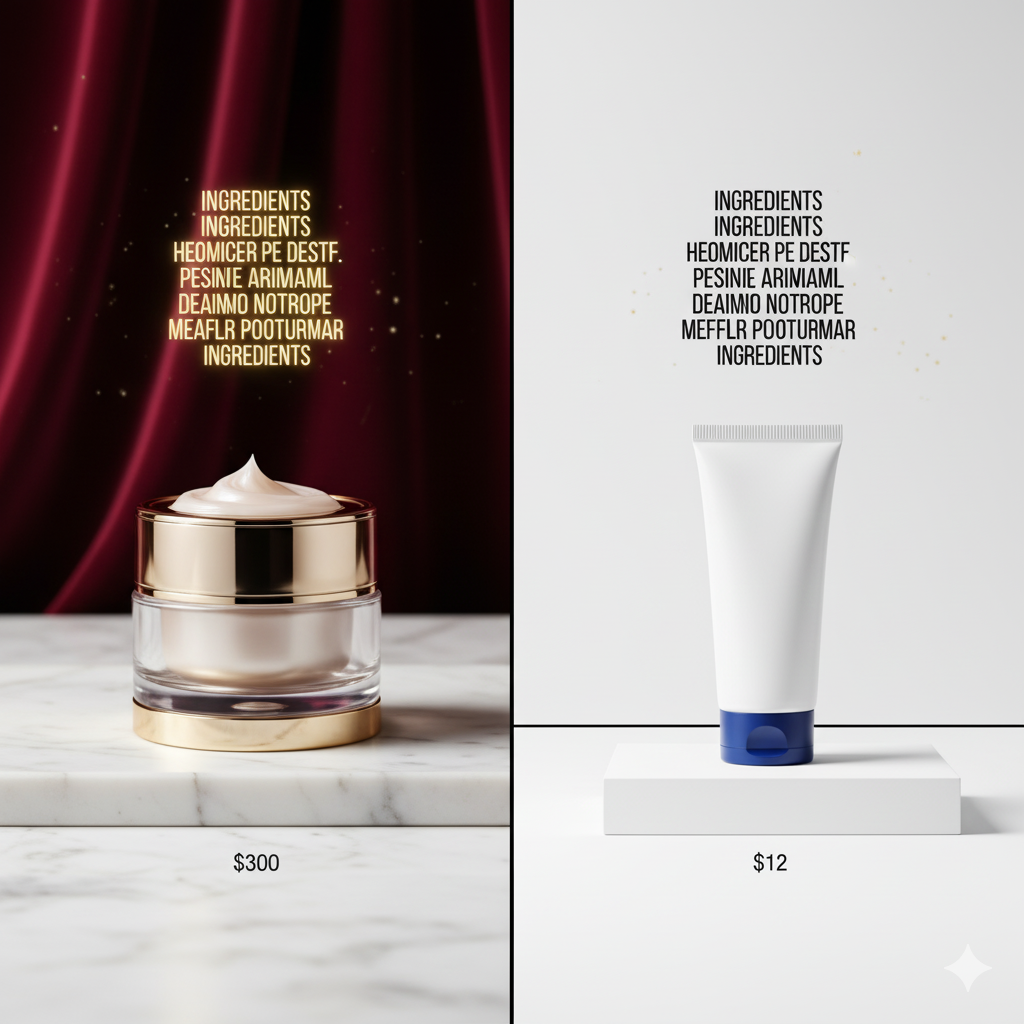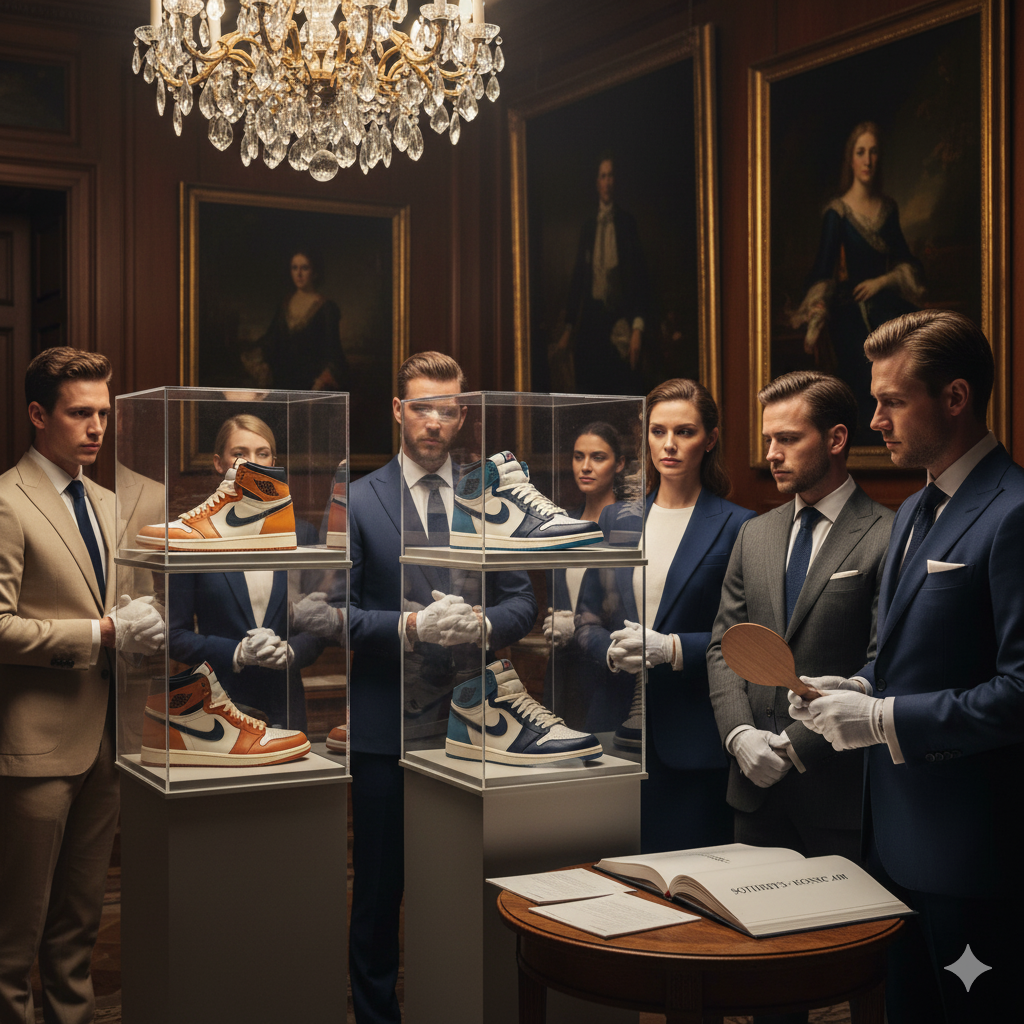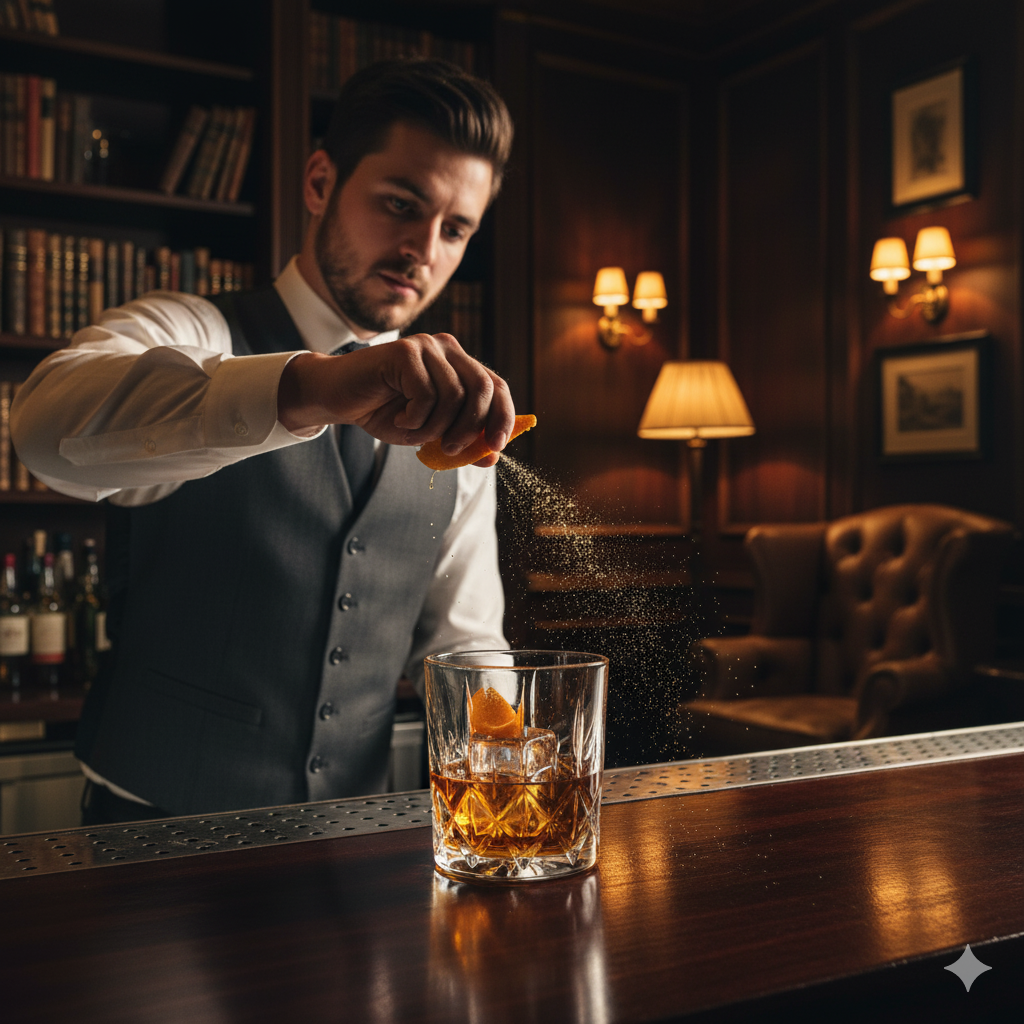The beauty industry’s most explosive disruption isn’t happening in Silicon Valley boardrooms. Instead, it’s unfolding in Walmart Supercenter aisles across America. When your $300 face cream faces a $12 challenger that delivers identical results, the entire luxury ecosystem trembles.
This isn’t just another retail trend. Moreover, it represents a fundamental shift that mirrors historical market disruptions. Think about it: small changes accumulate until they reach a critical mass. Subsequently, everything changes overnight.
The Numbers Behind the Beauty Revolution
Recent market data reveals a seismic shift favoring accessible beauty over prestige pricing. According to Retail Dive, prestige beauty sales grew 7% year-over-year in 2024. However, this growth masks underlying vulnerability.
Specifically, 64% of consumers believe premium beauty products don’t outperform mass market alternatives. Furthermore, Walmart Supercenter locations have added over 60 premium brands in the past year alone. These include coveted names like CosRX, Paul Mitchell, and PerriconeMD.
Additionally, the retailer’s beauty marketplace expanded from 20 brands to 80-plus brands within months. This represents more than 2,500 stock keeping units targeting luxury shoppers. Consequently, traditional beauty retailers face unprecedented competition from an unexpected source.
Meanwhile, the dupe phenomenon has reached critical mass. Research indicates 27% of U.S. beauty shoppers admit purchasing product duplicates. Even more telling, 55% of these purchases happen on digital platforms rather than traditional beauty retailers.
When Quality Meets Strategic Pricing
The fundamental assumption driving luxury beauty pricing is crumbling. Historically, higher prices signaled superior formulations and exclusive ingredients. However, Walmart Supercenter beauty offerings challenge this narrative through strategic partnerships and vertical integration.
For instance, Pretty Smart Beauty’s founder controls manufacturing directly. This vertical integration eliminates traditional markup layers. Consequently, comparable products reach consumers at fraction of luxury prices. The result? Products with identical active ingredients sold at dramatically different price points.
Furthermore, ingredient transparency has democratized beauty knowledge. Consumers now recognize that expensive packaging doesn’t guarantee better results. Therefore, they’re gravitating toward brands that prioritize formulation over flashy marketing campaigns.
Consider this strategic shift: luxury brands historically controlled distribution through exclusive partnerships. Today, Walmart Supercenter locations offer premium brands alongside affordable alternatives. This side-by-side comparison exposes pricing disparities that were previously hidden from consumers.
The Social Media Acceleration Effect
Digital platforms have amplified the dupe discovery process exponentially. TikTok’s beauty community, particularly, has embraced affordable alternatives with evangelical fervor. According to industry data, fragrance dupes represent “a bright spot in the mass fragrance market” with private label brands growing over 50% year-over-year.
Moreover, Gen Z consumers demonstrate twice the likelihood of purchasing inspired fragrances over premium counterparts. This demographic shift threatens luxury brands’ future customer pipeline. Additionally, these consumers believe affordable options can match expensive alternatives in quality and performance.
The viral nature of beauty content creates momentum that traditional advertising cannot match. When influencers demonstrate identical results between $12 and $300 products, the message spreads organically. Subsequently, consumer behavior shifts rapidly across demographic segments.
This presents an interesting parallel to how small incidents can trigger massive social changes. Initially, only beauty enthusiasts explored alternatives. However, mainstream adoption has accelerated as social proof accumulates across platforms.
Luxury’s Defensive Investment Strategies
Premium brands are responding with increasingly sophisticated countermeasures. Some focus on experiential retail and personalized services. Others emphasize exclusive ingredient stories and clinical research. However, these approaches require significant capital investment with uncertain returns.
According to Business of Fashion, luxury brands must now work harder to justify premium pricing. This includes increased transparency around clinical trials and superior performance claims. Additionally, brands are investing heavily in sensorial elements and elevated packaging design.
Smart money recognizes this disruption as permanent rather than cyclical. Consequently, investment strategies are shifting toward brands that can demonstrate clear value propositions. Those relying solely on heritage and exclusivity face increasing pressure from shareholders and consumers alike.
The most successful luxury brands are adopting portfolio approaches. They’re acquiring or developing accessible lines while maintaining premium offerings. This hedging strategy protects against market share erosion while capturing growth opportunities.
The Accessibility Revolution
Distribution democratization represents perhaps the most significant threat to luxury beauty’s traditional model. Previously, premium brands controlled access through selective retail partnerships. Today, Walmart Supercenter locations bring competitive alternatives directly to mainstream consumers.
This accessibility extends beyond physical locations. Online marketplaces enable instant price comparisons and ingredient analysis. Furthermore, social commerce platforms like TikTok Shop have captured significant market share from traditional beauty retailers. TikTok alone generated over $130 million in gross merchandise value during Black Friday 2024.
The psychological barriers that once protected luxury pricing are dissolving rapidly. When consumers can access premium-quality alternatives at their local Walmart Supercenter, exclusivity loses its appeal. Therefore, brands must compete on merit rather than scarcity.
For more insights on how luxury brands are adapting to changing consumer preferences, explore our coverage of beauty evolution in celebrity culture.
Market Intelligence and Consumer Behavior
Sophisticated tracking reveals how rapidly consumer loyalty is shifting. According to McKinsey’s State of Beauty 2025 report, the global beauty market is “showing signs of cooling” with growth expected to moderate from 7% to 5% annually.
This deceleration particularly impacts premium segments. Mass brands have proven more appealing to newer beauty consumers, including Gen Z and male demographics. Additionally, inflation continues boosting affordable brands “as shoppers seek novelty at low price points.”
The dupe phenomenon shows no signs of slowing. Instead, it’s becoming more sophisticated as brands explicitly position themselves as premium alternatives. This direct challenge to luxury pricing represents a fundamental market evolution rather than temporary disruption.
Investment implications are becoming clear. Traditional beauty retailers face margin pressure while value-focused retailers like Walmart Supercenter gain market share across income segments. This trend accelerated during economic uncertainty and appears to be permanently altering shopping behaviors.
The Future Landscape
Several key trends will reshape beauty retail over the coming years. First, continued marketplace expansion at major retailers will increase competitive pressure on specialty beauty chains. Second, ingredient transparency will further commoditize beauty formulations.
Third, social commerce will capture increasing share from traditional channels. Finally, younger consumers will continue prioritizing value over brand heritage. These forces combine to create sustained headwinds for premium-priced beauty products.
However, opportunities exist for luxury brands willing to adapt. Those emphasizing genuine innovation, sustainable practices, and personalized experiences can maintain premium positioning. Additionally, brands that embrace transparency while delivering superior results will thrive despite increased competition.
The most successful strategies will likely combine accessible pricing with elevated experiences. This hybrid approach acknowledges changing consumer expectations while preserving brand equity. Consequently, the beauty industry will become more merit-based and consumer-centric.
Strategic Implications Moving Forward
The Walmart Supercenter beauty revolution represents more than retail disruption. Instead, it signals a fundamental shift toward democratized beauty access. Smart brands are already adapting their strategies to compete in this new landscape.
Those clinging to outdated exclusivity models risk becoming irrelevant. Meanwhile, brands that embrace accessibility while maintaining quality will capture the largest market opportunities. Therefore, the winners will be determined by adaptability rather than historical market position.
This transformation mirrors classic business disruptions where new players redefine entire industries. The question isn’t whether luxury beauty will change, but how quickly established brands can evolve their strategies.
For beauty entrepreneurs and investors, the message is clear: the future belongs to brands that deliver exceptional value regardless of price point. The Walmart Supercenter trend has permanently altered consumer expectations and market dynamics.
Related Coverage
Ready to capitalize on beauty industry disruption? Whether you’re launching a beauty brand or seeking advertising partnerships, our luxury publication reaches the decision-makers who matter. Contact us at www.sociallifemagazine.com/contact to discuss advertising opportunities or submit your story ideas.





